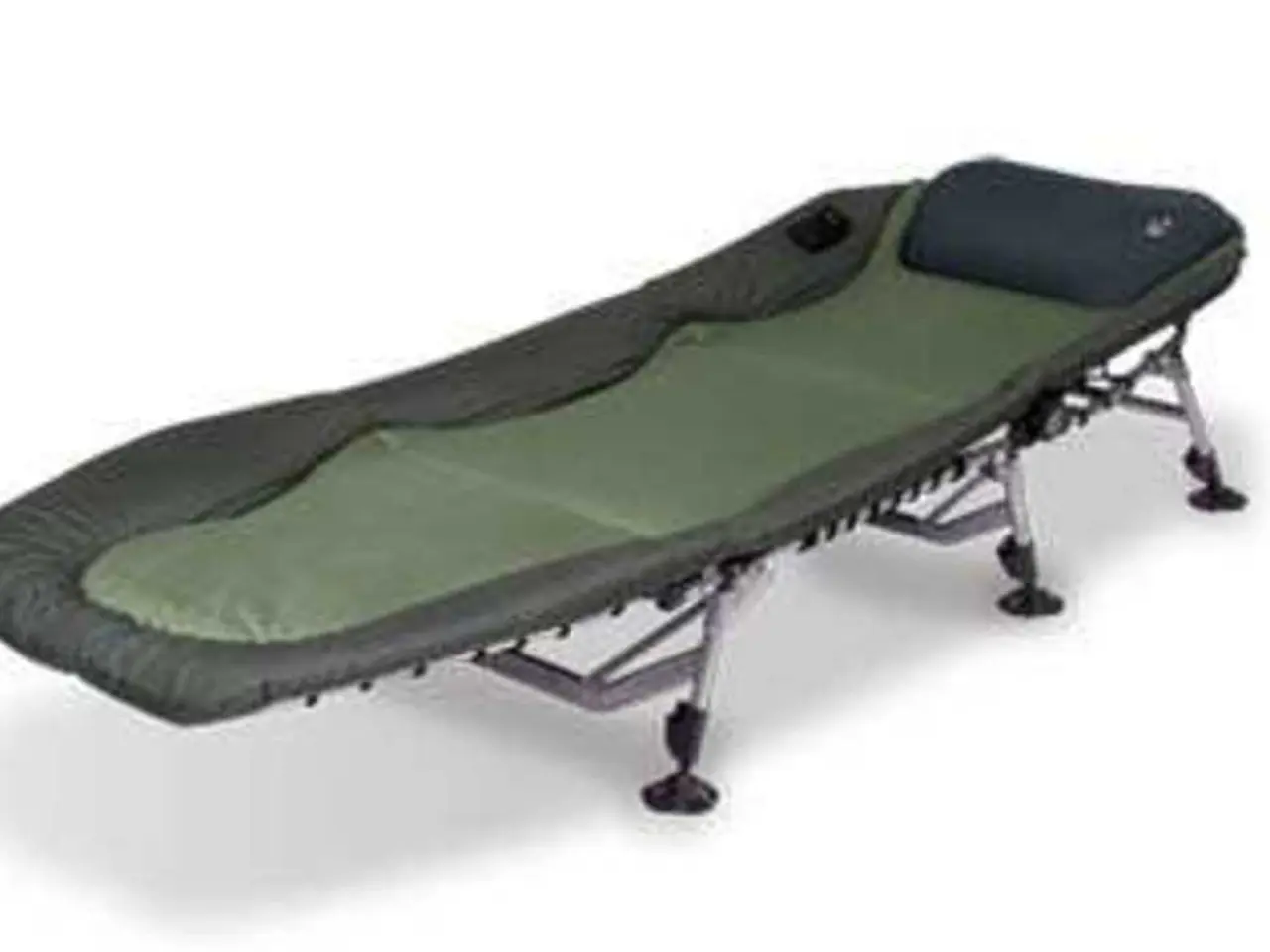Exploring Innovations: The Emergence of Unconventional Prosthetic Devices
In the realm of alternative prosthetics, innovation is thriving as designers push the boundaries of traditional design conventions. The focus is no longer solely on restoring mobility but also on enhancing personal identity and quality of life.
Current trends and developments in alternative prosthetics are centred around individuality, self-expression, and enhanced functionality. This shift is evident in the growing number of personalized, aesthetic, and highly functional solutions available, moving beyond the traditional designs.
One key trend is the creation of **personalized and custom-fitted prosthetics**. Leveraging advances in 3D printing and high-resolution imaging, manufacturers are able to create prosthetic limbs and implants tailored precisely to each patient's anatomy and biomechanical needs. This customization improves comfort, functionality, and reduces the need for revisions, enhancing patient satisfaction and recovery.
Another trend is the emphasis on **aesthetic and expressive designs**. Prosthetics are increasingly being used as a means of self-expression, with unique, artistic, and sometimes bold designs that align with personal identity, culture, and fashion. This shift helps users express individuality rather than just replace a body part.
Innovative technologies are also being integrated into prosthetics, such as AI, smart sensors, and wearable bioelectronics. These technologies enable real-time responsiveness, adaptive control, and connected healthcare monitoring, contributing to smarter, more intuitive prosthetic control and rehabilitation.
Lightweight and anthropomorphic exosuits are another development, offering support for both daily activities and rehabilitation. These designs blend functionality with user-friendly form factors, moving away from bulky, industrial exoskeletons.
The incorporation of virtual/augmented reality is enhancing rehabilitation experiences by providing interactive training and improving motor control, catering to individualized therapy goals in prosthetic use.
Minimally invasive implant procedures, such as those used in spinal prosthetics, are also gaining traction. These procedures, paired with patient-specific implants, enhance recovery and functionality, reflecting a broader healthcare trend favouring personalization and less trauma.
These developments reflect a profound shift towards prosthetics as tools not only for restoring mobility but also for enhancing personal identity and quality of life, supported by cross-disciplinary advances in materials science, digital healthcare, and bioengineering.
The future of alternative prosthetics is bright, with the potential to see even more innovative and personalized designs emerge as technology advances and the movement for inclusivity gains momentum. However, challenges remain, particularly in terms of accessibility and affordability. Prosthetic limbs with advanced technology and customization options can be very expensive, making them out of reach for many individuals.
Addressing these challenges requires a multi-pronged approach, including medical device reform, expanded insurance coverage, and financial assistance programs. The alternative prosthetics movement represents a shift in how we view and interact with assistive technology, moving beyond the limitations of traditional approaches and embracing the power of individual expression.
References: [1] Advances in 3D Printing for Prosthetics and Implants. (2021). Retrieved from https://www.ncbi.nlm.nih.gov/pmc/articles/PMC7550277/
[2] Smart Prosthetics: The Future of Limb Replacement. (2020). Retrieved from https://www.ncbi.nlm.nih.gov/pmc/articles/PMC7250131/
[3] The Role of Virtual Reality in Prosthetics and Rehabilitation. (2019). Retrieved from https://www.ncbi.nlm.nih.gov/pmc/articles/PMC6784446/
[4] The Disability Rights Movement and Its Impact on Prosthetics. (2018). Retrieved from https://www.ncbi.nlm.nih.gov/pmc/articles/PMC6068541/
[5] The Evolution of Prosthetics: From Functional to Expressive. (2020). Retrieved from https://www.ncbi.nlm.nih.gov/pmc/articles/PMC7330507/
- The future of alternative prosthetics is promising, with potential advancements in AI, smart sensors, and wearable bioelectronics that could lead to smarter, more intuitive prosthetics.
- In the field of medical-conditions and health-and-wellness, leveraging 3D printing and high-resolution imaging technology allows for the creation of custom-fitted, personalized solutions that improve comfort, functionality, and overall patient satisfaction.
- In the realm of community and self-expression, innovative aesthetic designs in alternative prosthetics are empowering individuals to express their personal identity and cultural values, shifting from simply replacing body parts to vibrant self-expression.
- Science and technology are paving the way for the development of lightweight exosuits that support daily activities and rehabilitation, embodying functionality while maintaining user-friendly form factors.




